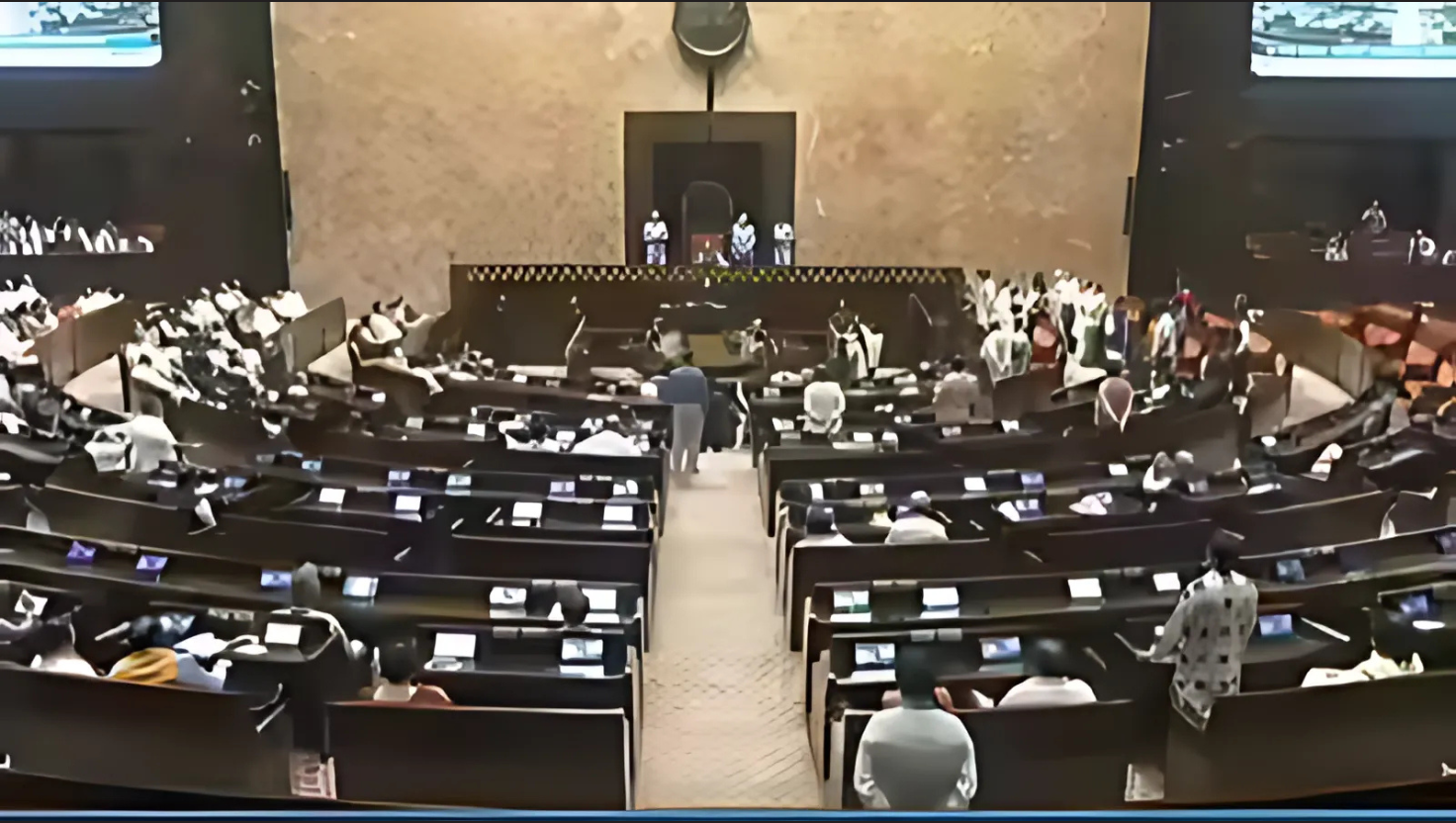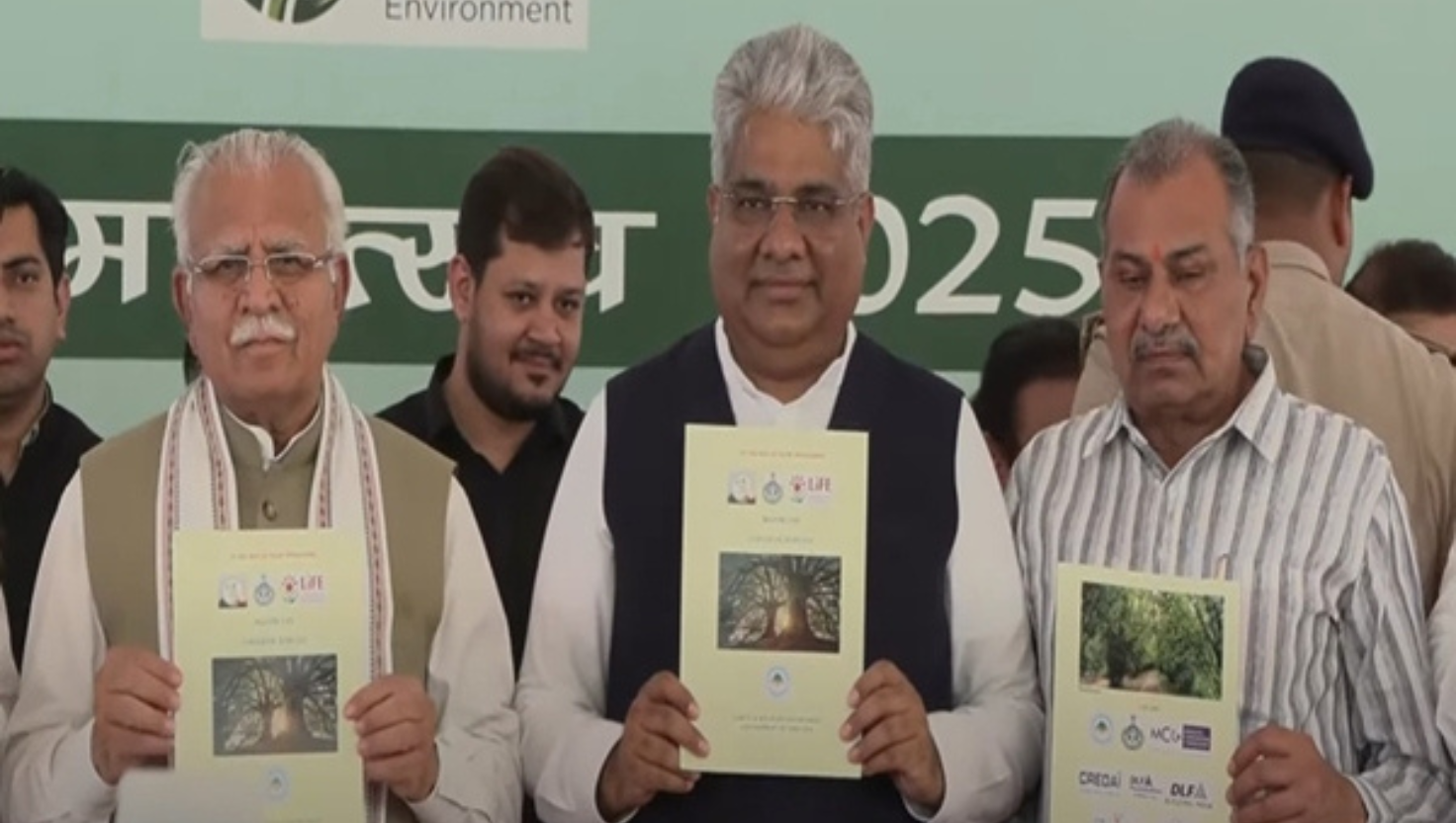ICJ Validates Kyoto Protocol’s Legal Relevance
Syllabus: Environment | Climate Change Agreements (UPSC GS III)
Source: Indian Express
Context:
The International Court of Justice (ICJ) has issued a historic advisory opinion confirming that the Kyoto Protocol (1997) is still legally valid and enforceable, even after the Paris Agreement (2015) took effect.
Background on the Kyoto Protocol
- Signed in 1997; came into force in 2005 under the UNFCCC (1992).
- First international treaty to set binding emission targets for developed nations (Annex-I countries).
- Based on the principle of Common But Differentiated Responsibilities and Respective Capabilities (CBDR–RC).
- Two main commitment periods:
- 2008–2012
- 2012–2020
Core Commitments
- Emission cuts based on 1990 baseline for Annex-I countries.
- Technology and finance support to developing countries.
- Mechanisms introduced: Clean Development Mechanism (CDM), Joint Implementation, and Emission Trading.
Why Was Kyoto Overlooked?
- The Paris Agreement (2015) introduced voluntary, bottom-up climate pledges (NDCs) for all countries.
- Major players like the U.S. never ratified Kyoto; Canada, Japan and others withdrew.
- No third commitment period was finalized after 2020.
- Kyoto was neither repealed nor enforced, rendering it ineffective in practice.
ICJ’s Key Observations
- Treaty Not Terminated: The absence of a new phase does not invalidate Kyoto.
- Legal Accountability Restored: Violations of Kyoto targets may now be treated as internationally wrongful acts.
- Past Actions Can Be Reviewed: States can still be legally assessed for non-compliance with past obligations.
- Climate Litigation Encouraged: Though non-binding, the opinion supports legal action by states and civil society.
Comparative Legal Standing of Major Treaties
| Agreement | Nature | Post-ICJ Legal Status |
|---|---|---|
| UNFCCC (1992) | Foundational legal framework | In force |
| Kyoto Protocol | Binding cuts for developed countries | Legally valid and enforceable |
| Paris Agreement | Voluntary, universal climate pledges | Complementary—not a replacement to Kyoto |
Broader Impact on Climate Governance
- Recognition of Treaty Coexistence: Kyoto and Paris are now seen as cooperative, not competing agreements.
- CBDR–RC Restated: Differentiated responsibilities regain legal importance.
- Increased Scrutiny of Developed Nations: Historical emissions and past failures can now face renewed examination.
Ongoing Challenges
- U.S. Opt-Out: The U.S. never ratified Kyoto, weakening its global reach.
- No Penalty Provisions: Kyoto lacked strong enforcement tools, limiting compliance.
- Dual System Conflicts: Voluntary NDCs under Paris clash with Kyoto’s legally binding approach.
- Geopolitical Mistrust: Rivalries between major emitters like U.S. and China continue to hamper global climate cooperation.
Next Steps for Global Climate Policy
- Resume Monitoring Past Commitments: Assess performance during earlier commitment periods.
- Strengthen Reporting in Paris Framework: Introduce Kyoto-style transparency and verification methods.
- Use Legal Mechanisms Proactively: Leverage the ICJ and other bodies to build climate jurisprudence.
- Revive Equity and Support Measures: Ensure developed nations provide adequate financial and technological aid.
- Build a Hybrid Model: Merge Kyoto’s legal strength with Paris’s flexibility for more effective global action.
Conclusion
The ICJ ruling gives a new lease of life to the Kyoto Protocol, turning it into an active tool for climate accountability. It re-emphasizes the importance of historical responsibility, legal obligations, and equity in climate policy. While not binding, the decision places moral and legal pressure on developed nations to honor their climate promises.











